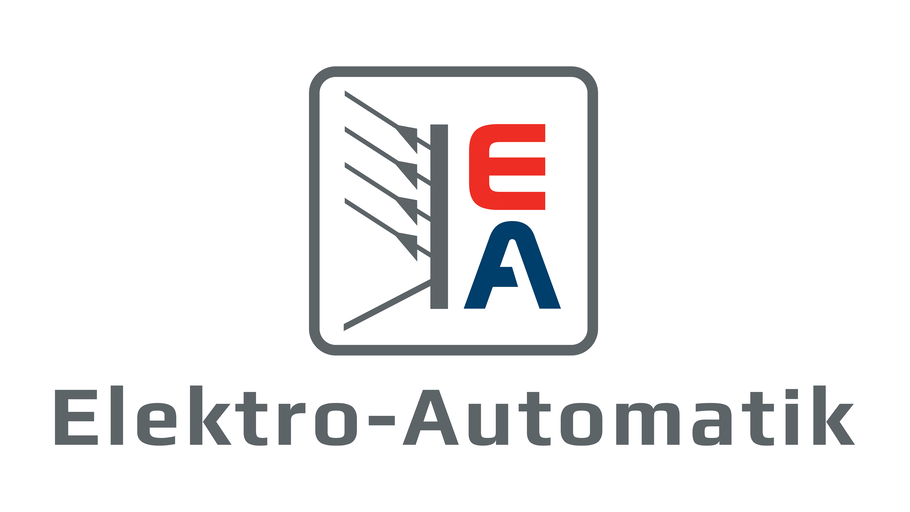A team of scientists led by the DOE’s Brookhaven National Laboratory and Lawrence Berkeley National Laboratory has captured in real time how lithium ions move in lithium titanate (LTO), a fast-charging battery electrode material made of lithium, titanium and oxygen. They discovered that distorted arrangements of lithium and surrounding atoms in LTO “intermediates” (structures of LTO with a lithium concentration in between that of its initial and end states) provide an “express lane” for the transport of lithium ions. Their report, published in Science, could provide insights into improving battery materials for rapid EV charging.
Li-ion batteries work by moving lithium ions between the cathode and anode through an electrolyte. Graphite is commonly used in the anode, but LTO is an appealing alternative for fast charging applications since it can accommodate lithium ions rapidly, without suffering from lithium plating. But as LTO accommodates lithium, it transforms from its original phase to an end phase, both of which have poor lithium conductivity. Thus, scientists have been puzzled as to how LTO can be a fast-charging electrode.
In this study, the scientists were able to track the migration of lithium ions in real time using an electrochemical cell that operates inside a transmission electron microscope (TEM). This enabled the team to conduct electron energy-loss spectroscopy (EELS) during battery charge and discharge. In EELS, the change in energy of electrons after they have interacted with a sample is measured to reveal information about the sample’s local chemical states. In addition to being highly sensitive to lithium ions, EELS, when carried out inside a TEM, provides the high resolution in both space and time needed to capture ion transport in nanoparticles.
“The team tackled a multifold challenge in developing the electrochemically functional cell—making the cell cycle like a regular battery while ensuring it was small enough to fit into the millimeter-sized sample space of the TEM column,’’ said study co-author Yimei Zhu. “To measure the EELS signals from the lithium, a very thin sample is needed, beyond what is normally required for the transparency of probing electrons in TEMs.”
The team’s analysis revealed that LTO has metastable intermediate configurations in which the atoms are locally not in their usual arrangement. These local “polyhedral” distortions lower the energy barriers, providing a pathway through which lithium ions can quickly travel.
Next, the scientists will explore the limitations of LTO—such as heat generation and capacity loss associated with cycling at high rates—for real applications. By examining how LTO behaves after repeatedly absorbing and releasing lithium at varying cycling rates, they hope to find remedies for these issues. This knowledge will inform the development of practically viable electrode materials for fast-charging batteries.
Source: Brookhaven National Laboratory



















































